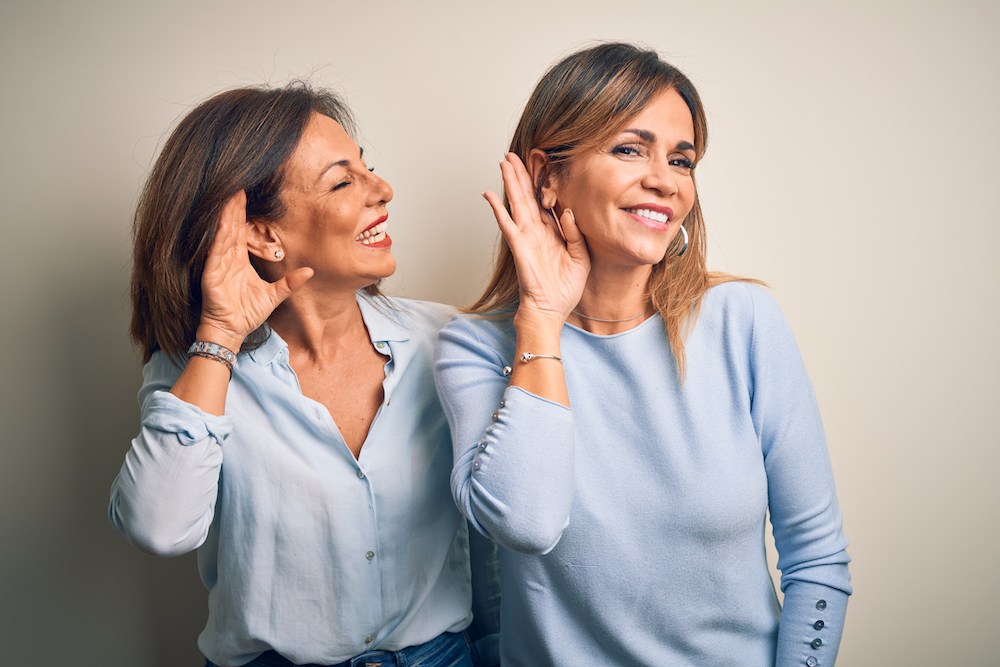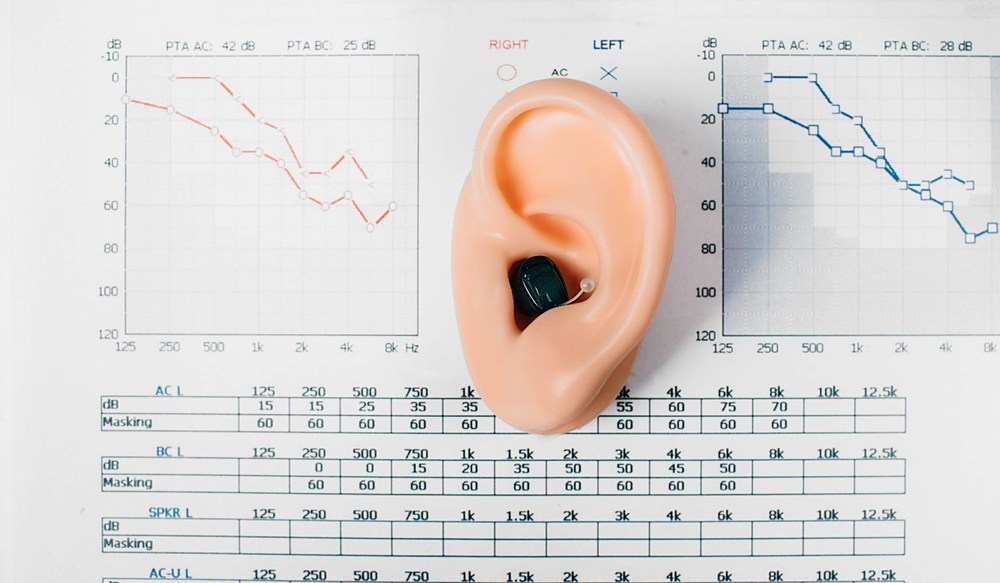The Impact of Hearing Loss on Relationships
Our hearing shapes every interaction we have with the people around us.

Our hearing shapes every interaction we have with the people around us.

Accepting changes in our hearing isn’t always straightforward. Many

Finding the right hearing solution is essential to staying connected with